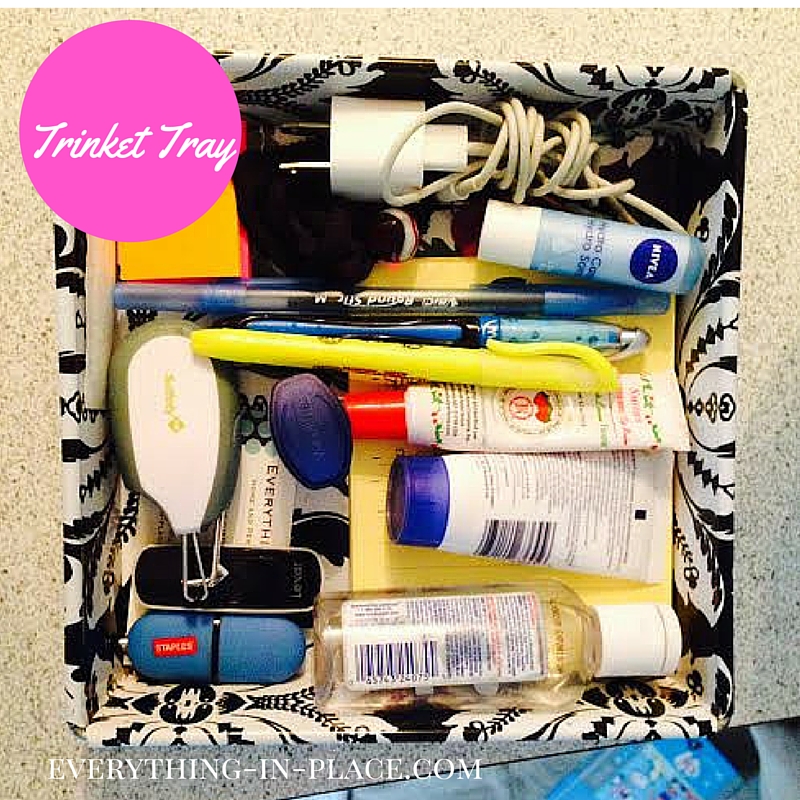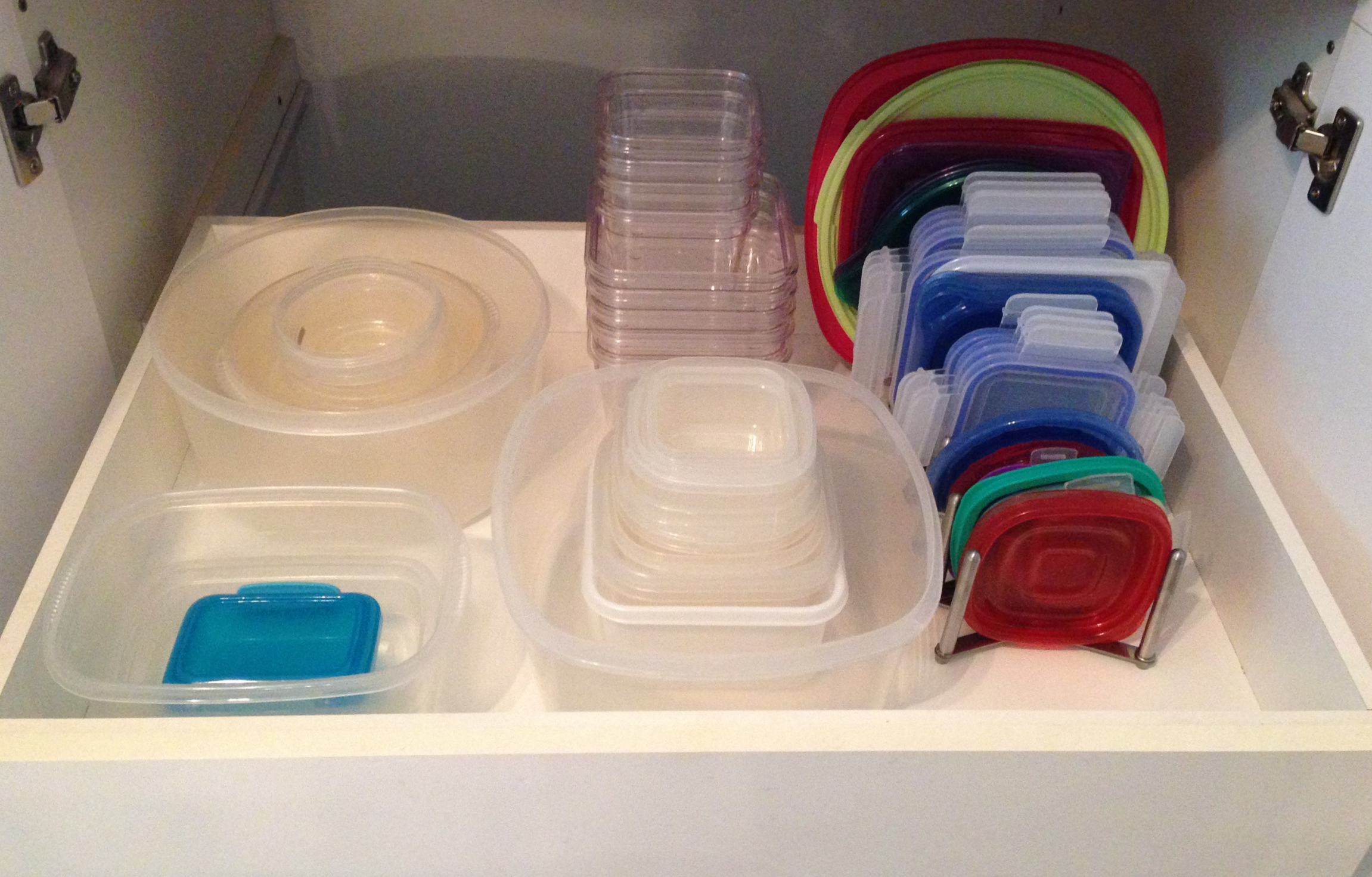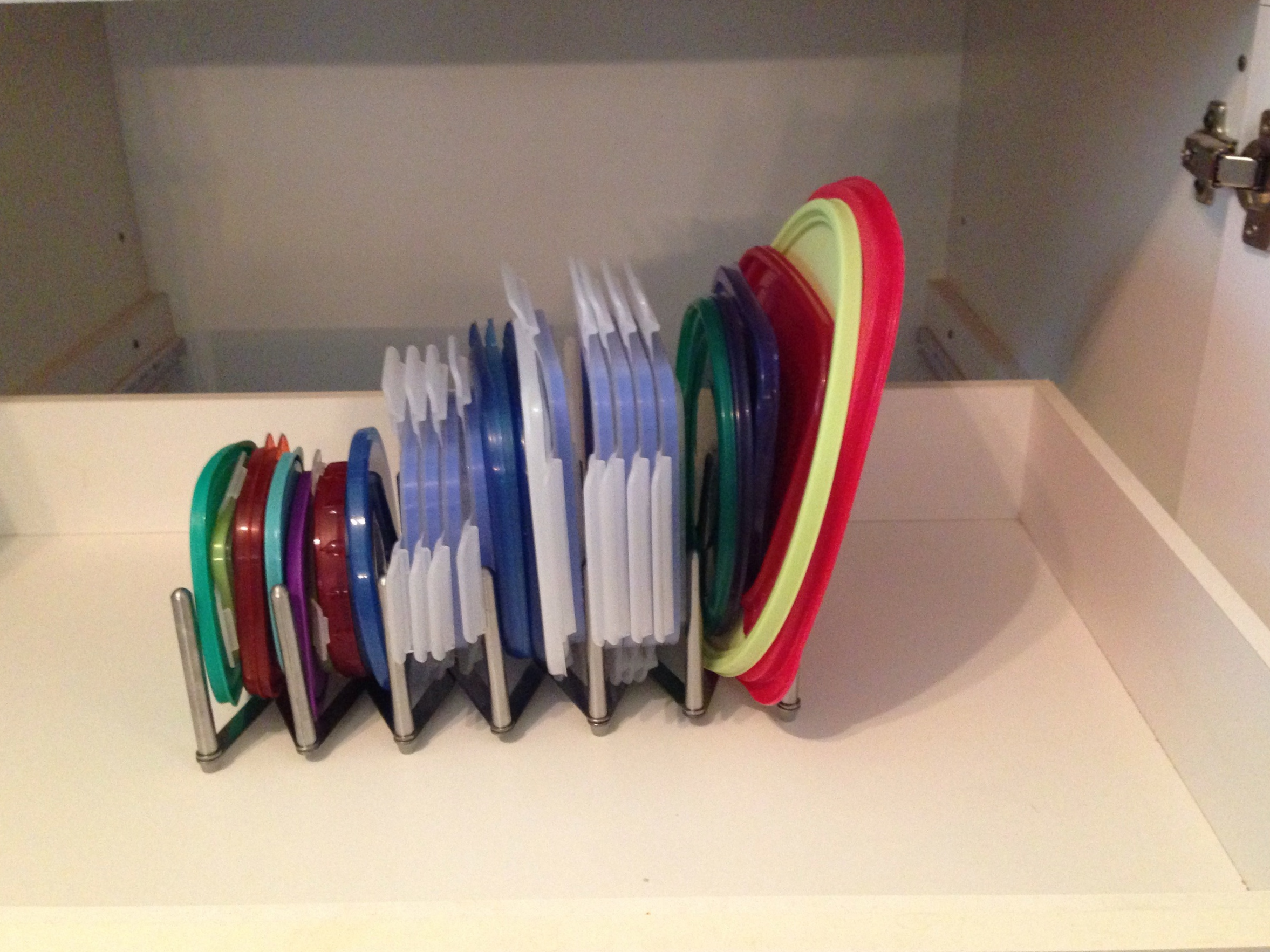As featured in The Suburban
One of the biggest complaints my clients have is counter clutter. The kitchen is the heart of the home and we tend to spend a lot of time there. Unfortunately that doesn’t just apply to people. Paper and random household items gather there as well.
One of the easiest ways to tame that kitchen clutter is to designate areas to leave things until you have a moment to deal with them. I get it, we all have busy lives and don’t always have the two minutes it takes to file that paid bill or put away that toy your child left on the table. We need to work within our busy lives and use a system that makes sense for our lifestyle.
Take a look around the kitchen and take a mental tally of the most common items that seem to congregate there. Toys? Paperwork? Office supplies? Homework?
Now try to make a contained space or “zone” for each type of item. One of my favorite tricks is to have a small container or trinket tray on my counter. It’s where you will keep a few pens, some paperclips, lip balm; any small items that you need access to in the kitchen but don’t want splayed all over the counter.
For larger items (like toys or clothes that have found a temporary home in your kitchen) try designating a basket that can be easily transported to other areas of your home. A great solution can be a stair-basket. Throw the items into the basket at the bottom of the stairs and next time you have a few minutes bring the basket upstairs with you to put the items in their proper place.
For paper try using a clear folder on the inside of a kitchen cabinet. It’s a great place for the papers you need to have access to in the kitchen and a temporary home for the ones that need to be filed later. You can also add a few labeled folders inside to differentiate the papers.
Happy Organizing!






